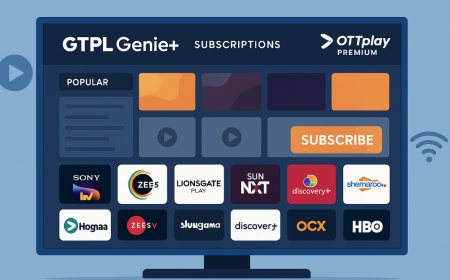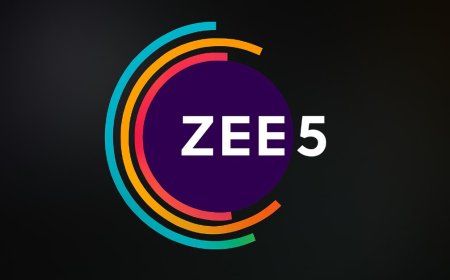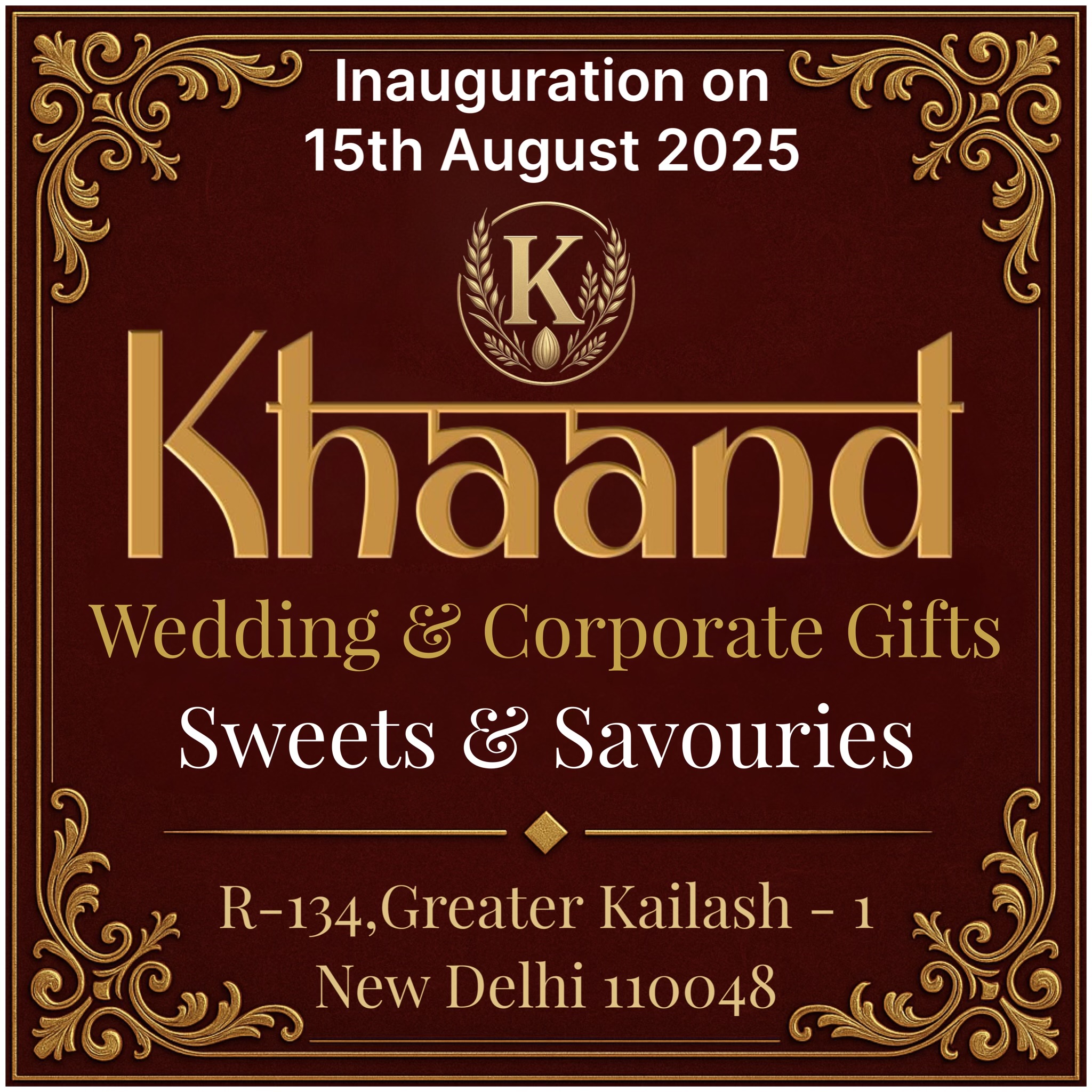The Rise of Spam Fatigue: Why Trust Has Become the True Currency in Mobile Advertising
As mobile users grow weary of irrelevant ads and notification overload, trust emerges as the key to effective mobile advertising. Explore how brands are navigating ad fatigue by building credibility and consent-first strategies.

The Tipping Point: Spam Fatigue in the Mobile Age
In today's hyper-connected world, mobile phones have become a central hub for communication, entertainment, and commerce. But with the convenience of connectivity comes the onslaught of mobile advertising—push notifications, SMS offers, app banners, and pop-ups that clutter the digital experience.
For many users, this saturation has triggered what experts now call “spam fatigue”—a psychological resistance to unwanted digital communication that is eroding the effectiveness of traditional mobile marketing techniques.
Consumers are no longer just ignoring ads. They’re actively blocking, reporting, or uninstalling apps that intrude upon their attention. In response, marketers are learning a new lesson: in a world full of noise, trust—not reach—is the most valuable metric.
Understanding Spam Fatigue: The Data Speaks
Recent studies indicate that over 65% of mobile users in India have felt overwhelmed by irrelevant push notifications in the past 30 days. Globally, more than 50% of smartphone users use ad blockers or manually disable in-app notifications.
The symptoms of spam fatigue include:
-
Deleting apps after repeated unsolicited messages
-
Ignoring brand communications completely
-
Developing skepticism toward “too good to be true” offers
-
Loss of loyalty due to perceived intrusiveness
As a result, click-through rates on mobile ads have declined by over 30% in the last two years, according to industry reports.
What Went Wrong with Mobile Ads?
1. Over-Personalization Without Consent
Many brands used automation tools to hyper-target users, often collecting personal data without clear permissions. This backfired—users felt monitored, not understood.
2. Volume Over Value
Brands bombarded users with frequent offers instead of meaningful, timely content. This diminished message quality and diluted brand credibility.
3. Lack of Context Awareness
Sending a lunch offer at 2 AM or discount alerts during work hours reflects poor timing—further irritating users.
4. One-Way Communication
Many campaigns lacked interactivity or feedback loops, making users feel like passive recipients, not engaged participants.
The Shift: Trust Is the New Currency
To rebuild relevance and credibility, marketers are turning their attention toward trust-based strategies. In mobile advertising, trust isn’t just about ethics—it’s about better engagement, stronger ROI, and long-term brand equity.
Why trust works:
-
Trusted brands see higher opt-in rates for communication
-
Consumers are 2.6x more likely to purchase from brands they trust
-
Trusted communication leads to longer app retention
Trust-Centric Mobile Marketing: Key Strategies
1. Permission-Based Targeting
Brands are moving toward opt-in models, where users explicitly choose what type of communication they want to receive. This reduces annoyance and improves relevance.
Example: Apps that allow users to select alert frequency and content types (e.g., “Only deals on Fridays” or “Notify me about my wishlist items only”).
2. Context-Aware Engagement
Smart timing and location-based relevance are now essential. A well-timed notification that respects the user's habits adds value instead of irritation.
Example: Food delivery apps sending lunch coupons at 11:30 AM, just before lunchtime browsing.
3. Transparency in Data Use
Telling users why and how their data is used fosters trust. Clear privacy policies, visible opt-out options, and no hidden tracking are now critical.
Example: A shopping app showing, “We track your previous orders to help you reorder quickly. You can opt out anytime.”
4. Humanized Messaging
Copywriting matters. Instead of robotic phrases like “LIMITED TIME OFFER!!”, smart brands now use friendly, conversational tones that feel personalized without being invasive.
Example: “Hey Neha, we noticed you loved the blue dress! Want 10% off on your next one?”
5. Value-Driven Content
People are more likely to engage with mobile messages that educate, inform, or entertain rather than just sell.
Example: Fitness apps sharing weekly health tips or motivational content alongside premium promotions.
Success Stories: Brands Winning with Trust
Cred
The credit card bill payment app uses minimal, sharply written messages. They only send essential reminders or witty campaigns—never spammy. Result? High retention and user love.
Swiggy
The food delivery brand offers personalized but limited notifications. Users can control categories—whether they want to hear about breakfast offers, gourmet deliveries, or birthday treats only.
Zerodha
This fintech brand is built on a “no-nonsense communication” policy. No upselling or baiting messages—just clean UI, trust-driven updates, and helpful investing content.
Technology’s Role in Building Trust
Modern martech platforms are now designed to respect user preferences and privacy laws, including:
-
Consent Management Tools: Allowing users to manage ad preferences easily
-
AI-based Timing Engines: Sending messages when users are most active
-
Sentiment Analysis: Gauging user feedback to fine-tune tone and content
-
Predictive Opt-Out Alerts: Identifying users likely to uninstall apps due to notification overload
These tools make it possible to create personalization with empathy, rather than personalization with surveillance.
What Users Want Now: Less Noise, More Meaning
The future of mobile advertising hinges on earning attention, not demanding it. Users no longer tolerate interruption marketing. They seek:
-
Consent-first communication
-
Genuine brand value
-
Authenticity over algorithms
-
Relevance without repetition
Brands that deliver this will not only reduce spam fatigue but foster loyalty in a saturated marketplace.
Conclusion: The End of Pushy Mobile Marketing
As spam fatigue grows, mobile advertising must evolve from being intrusive to intuitive. The brands that will win are not those with the loudest notifications, but those who earn trust through transparency, relevance, and respect.
What's Your Reaction?
 Like
0
Like
0
 Dislike
0
Dislike
0
 Love
0
Love
0
 Funny
0
Funny
0
 Angry
0
Angry
0
 Sad
0
Sad
0
 Wow
0
Wow
0












































